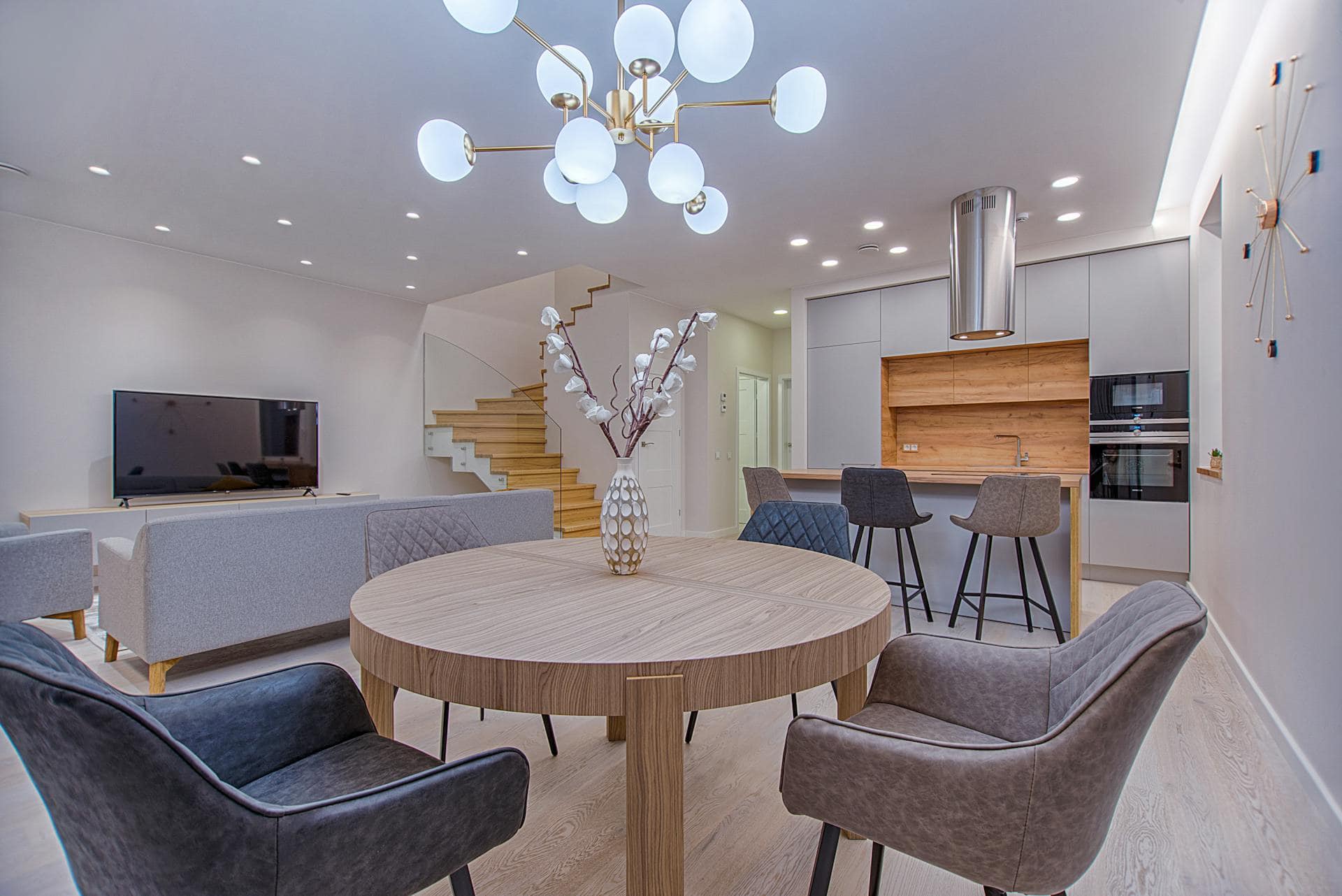
Question: Can You Have Too Many Recessed Lights In a Kitchen?
Answer: Yes, you can have too many recessed lights in a kitchen. Too many recessed lights can create a harsh, overly bright environment. A good rule of thumb is 2-4 watts per square foot, depending on ceiling height and desired brightness.
Illuminating Your Culinary Space: The Right Number of Recessed Lights
Recessed lights offer a clean, modern look for kitchens. They provide excellent illumination for cooking and other tasks. But can you have too many? This article explores the balance between ample light and potential drawbacks of overdoing recessed lighting.
Understanding Recessed Lighting
Recessed lights, also known as can lights, fit flush with the ceiling. This creates a sleek appearance. They direct light downward. Homeowners often choose them for their versatility. They work well in various kitchen styles. Recessed lighting comes in various sizes, typically measured in inches. Common sizes include 4-inch, 5-inch, and 6-inch diameters. Each size distributes a different amount of light. This affects the number needed for adequate illumination. The spacing of these lights plays a crucial role in the overall effectiveness and ambiance of the kitchen.
Click here for more information on a kitchen cabinet refinishing service
Related Article: What Type of Recessed Lighting is Best For a Kitchen?
Related Article: How Many Recessed Led Lights Do I Need In My Kitchen?
Calculating the Right Number of Recessed Lights
Determining the right number involves several factors. Room size plays a significant role. A larger kitchen requires more lights. Ceiling height also influences the calculation. Higher ceilings require brighter or more numerous fixtures. The desired brightness, measured in lumens, also determines the quantity. Brighter lights or more fixtures increase overall lumens. Wattage no longer serves as the primary indicator of brightness with the advent of LED lighting. Focus on lumens instead for a more accurate measure of light output. You should consider the kitchen’s layout and work areas. Task lighting under cabinets supplements overall lighting and reduces the need for excessive recessed lights.
Spacing and Placement Considerations
Evenly spaced lights create balanced illumination. A common guideline suggests spacing recessed lights approximately 4 feet apart. Adjust this based on ceiling height and light fixture size. Consider the location of countertops, islands, and other work areas. Concentrate some lights over these areas for task lighting. Avoid placing lights too close to walls. This can create shadows. Maintain a consistent distance between lights and walls. Aim for a distance of 2 feet. This ensures even light distribution.
Layering Light for a Balanced Kitchen
Combine recessed lighting with other light sources. This creates a more dynamic and functional space. Under-cabinet lighting provides focused task lighting for food preparation. Pendant lights over an island add visual interest and create a focal point. Natural light from windows contributes to a bright and inviting atmosphere. Dimmers allow you to adjust the brightness of recessed lights. This offers flexibility for different activities and moods. Layering light creates a balanced and inviting kitchen. It allows you to control both the brightness and the mood of the space.
Alternatives and Enhancements
Explore other lighting options to complement or reduce reliance on recessed lights. Track lighting offers flexibility. You can adjust the direction of the light. This works well for highlighting specific areas. Pendant lights provide focused light over islands or dining areas. Chandeliers add a touch of elegance and serve as a focal point. Wall sconces provide ambient light and enhance the overall design. Consider smart lighting systems for added control. These systems allow you to adjust brightness, color temperature, and even create schedules. This enhances both functionality and energy efficiency.
Conclusion
While recessed lights offer excellent illumination, too many can negatively impact a kitchen’s ambiance and energy efficiency. Careful planning, strategic placement, and layering with other light sources help create a well-lit and inviting kitchen. By considering these factors, you can achieve the perfect balance of light and style. [ 1 ]
References
1. https://www.nuwattlighting.com/blogs/news/recessed-lighting-in-kitchens-dos-and-donts/

Blue Malue Get in touch with Blue here.
